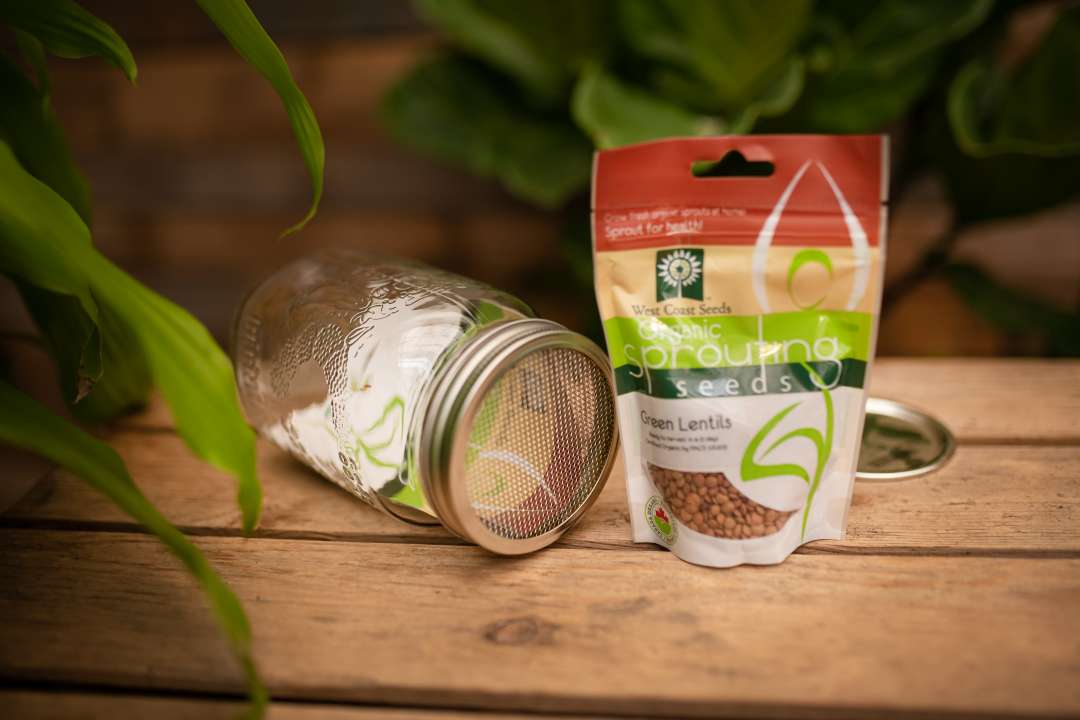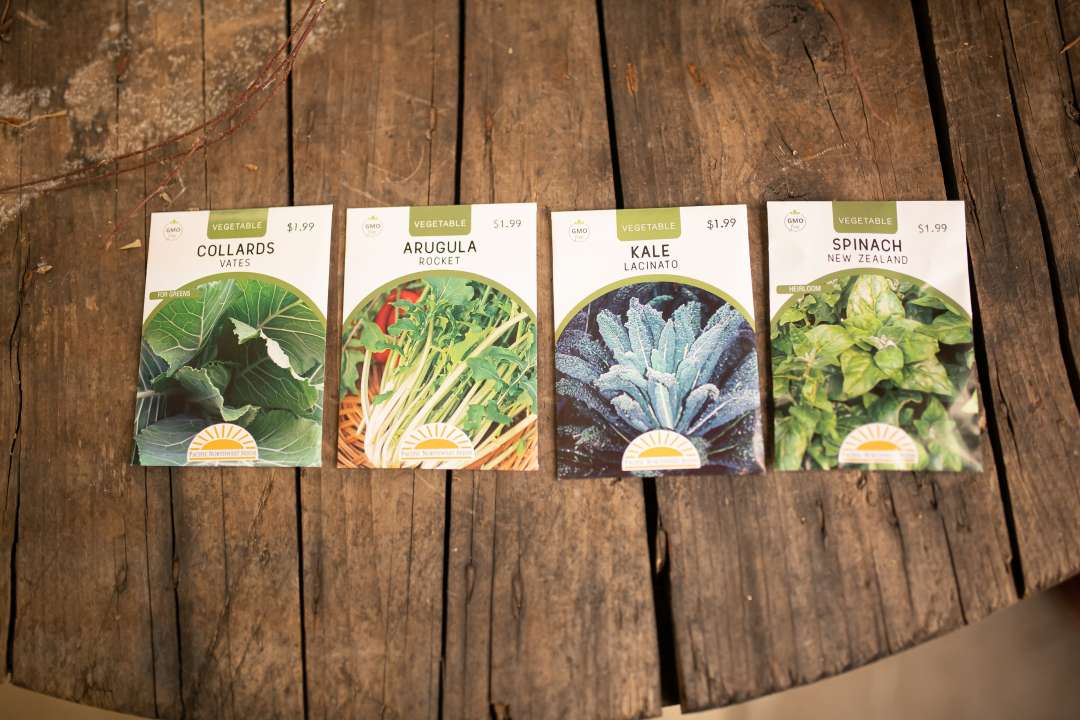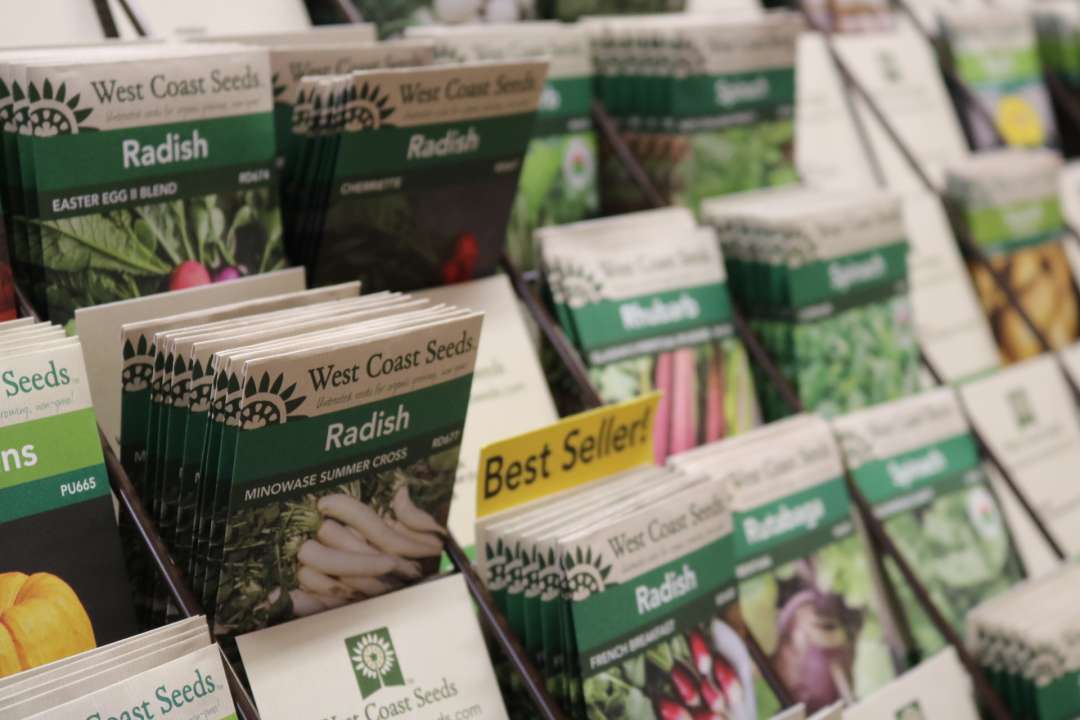Seeds
West Coast Seeds: Family owned. Family grown. Our Roots
Since 1983, West Coast Seeds has sought to meet the growing needs of home gardeners and market farmers alike. Now under the stewardship of the Diamond family, we continue to seek out the freshest, highest quality, untreated seeds for organic growing.
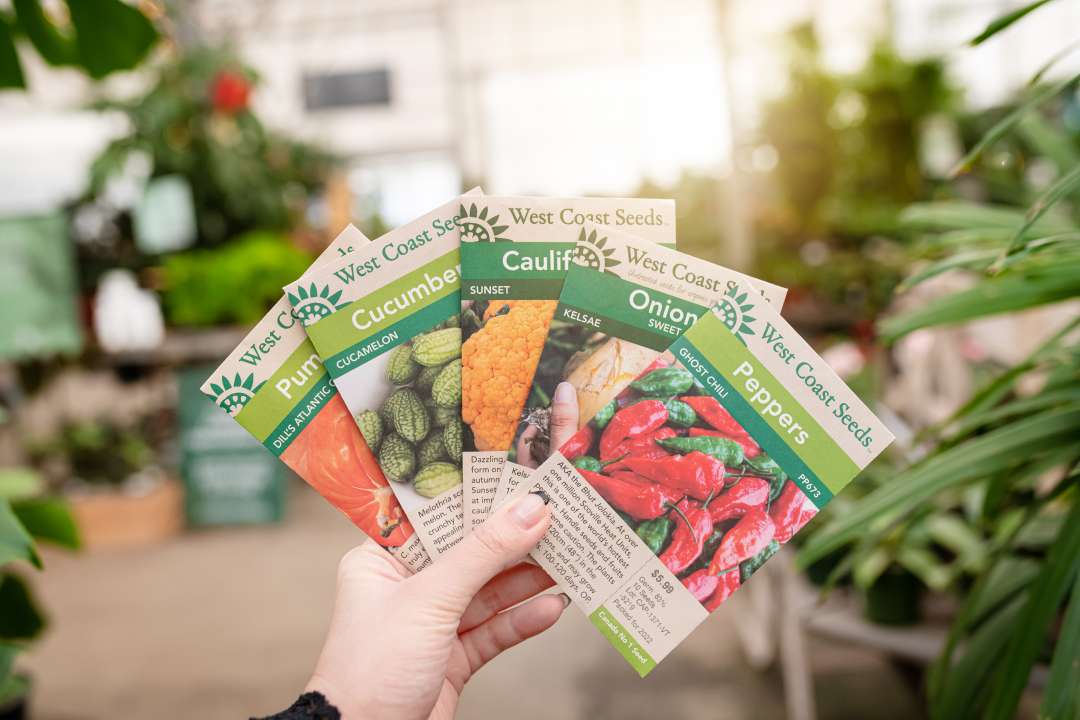
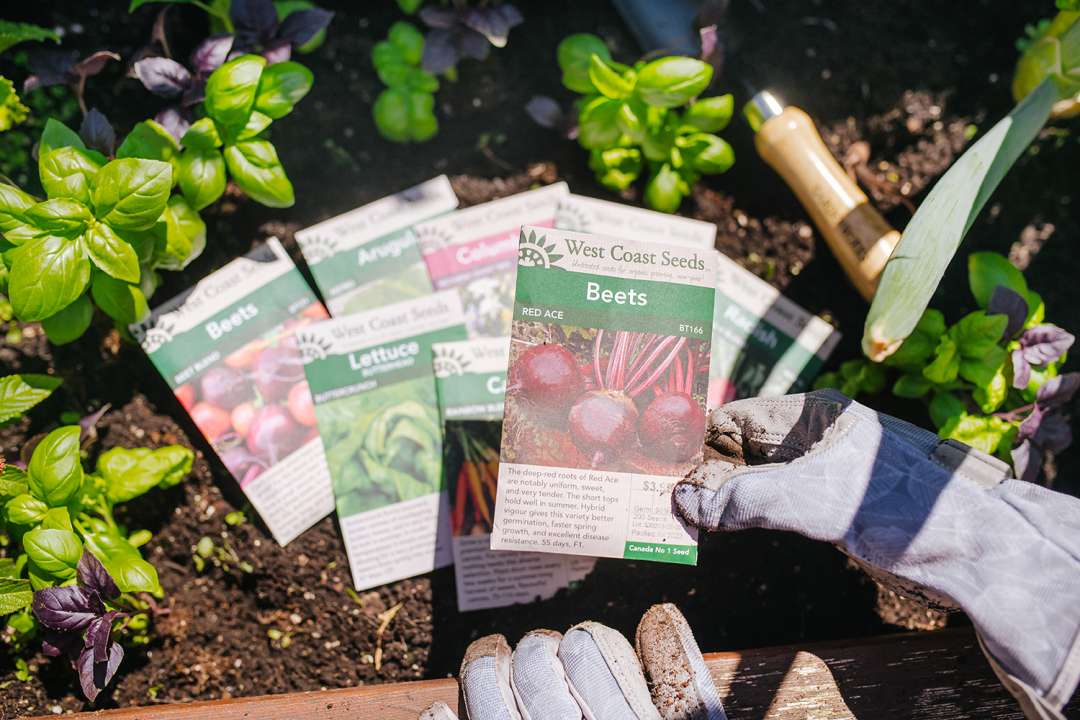
Starting seeds indoors is an easy, inexpensive, and increasingly popular way to raise a wide assortment of edible and flowering plants.
You can grow a far greater variety of vegetables than the ones available in the produce section of the supermarket, and you can grow them for a fraction of the price.
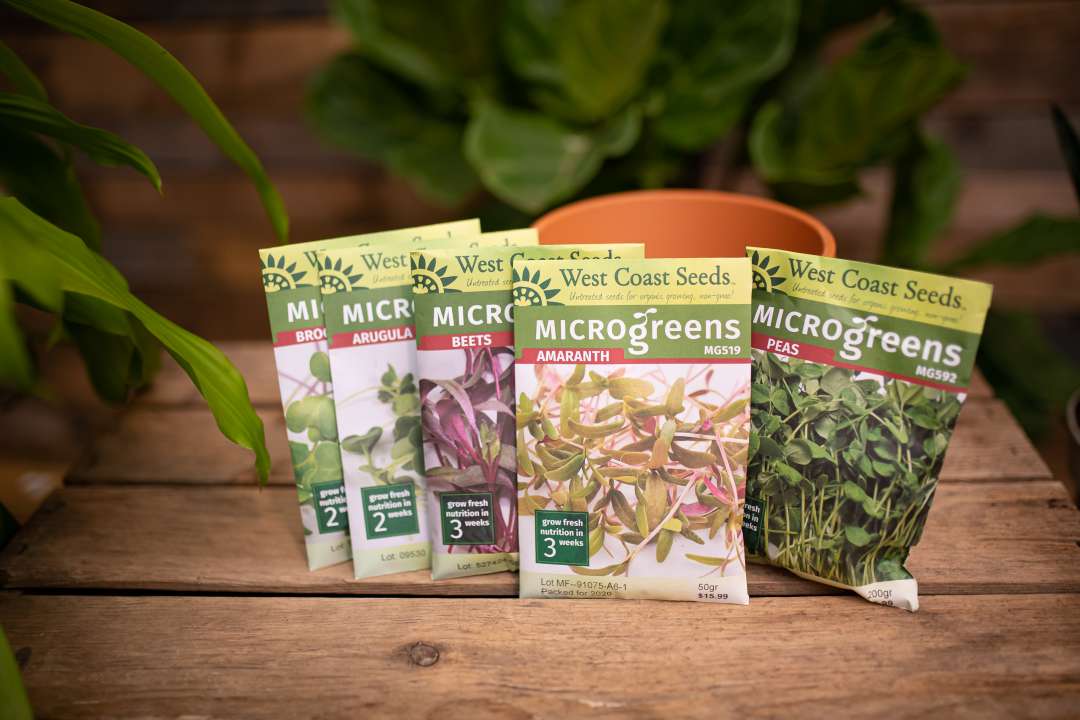
Likewise, choose from a dazzling array of flowers, many of which are only available in seed form. Look for your favourites, try out some heirlooms, and don’t be afraid to experiment with something new or a little more unique.
There is an added advantage in that you can choose the method in which to grow them. Many gardeners are opting to use organic fertilizers and pest control methods. Even when space is limited, it’s surprising how much you can grow. You can easily raise vegetables in containers on a balcony or in a small garden. All that you really need is a sunny location. (Note: Most vegetables require around 6 hours of sunlight a day. Leafy vegetables can tolerate some shade.)
Getting children involved in the process can also be a lot of fun. Whether it’s flowers or food, there is something timeless and magical about kids watching their seeds sprout and grow. It’s a great way to educate little gardeners.
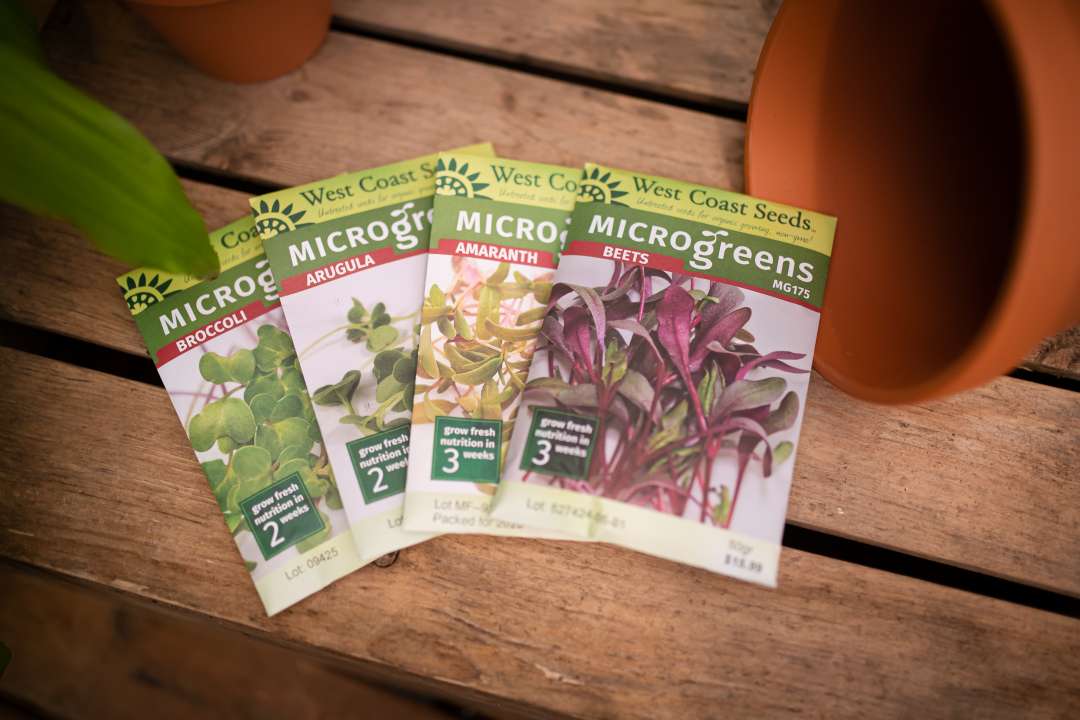
Before you start:
- Read through books, seed catalogues and horticulture magazines to get ideas and information.
- Visit our seed racks and note the types of seeds that interest you, and when they should be sown. If you are not sure about the availability of specific varieties, ask any of our staff members for help. Take notes on planting methods and dates from either the back of the seed packets or seed catalogues.
- Determine where in the house you want to start the seeds. If it’s near a window, make sure that the temperature does not fluctuate. The best spot is an area out of direct light in a cool room (16 C to 21 C during the day).
- Be sure to choose seeds suitable for the outdoor garden space you plan on transplanting them to.
- Gather the materials from the checklist so you have everything you need.
- Be sure to choose the appropriate planting container(s).
